The Feast of the Holy Cross is the fruit of a Christian tradition that revives and shows the beauty of Christianity. This feast is the culmination of the past centuries that I have mentioned, in which humanity kept vigil waiting for the manifestation of the cross in this world, thus showing the world that certain symbols are real. So, on this occasion, we commemorate the fact that St. Helena and her son, Emperor Constantine, found the Cross of Christ relics during their pilgrimage to the Holy Land. When she began her pilgrimage from Constantinople to Jerusalem, she set up pyres along the way and asked her servants to wait for her signal to light the fires on the mountain tops.
As soon as she found the Cross of Salvation, she announced the good news to those around her, and the pyres were lit from mountain to mountain, illuminating St Helena’s path in the opposite direction. Until the signal reached Constantinople holding with it the good news: We have found the Holy Cross of Christ.
The Feast of the Cross is a traditional celebration in the Levant. In Maaloula, a Levantine Christian village whose inhabitants still speak Aramaic, the language of Christ, it is only natural that this feast is celebrated with pomp. I would even go so far as to say that they were on the path of St. Helena thousands of years ago. They are the ones who witnessed her and passed on the story to us. To commemorate the occasion, all Syrians gather in the streets of Maaloula to celebrate this feast. The most pious people go to the church to pray. After the Divine Liturgy, the procession of clergy and faithful moves with the other celebrants to climb the two mountains, the Catholic and Orthodox mountains, which surround the village. But without distinction, everyone gathers at the summit, and fires are lit on the dry logs at the appropriate signal, just like St. Helen’s signal 16 centuries ago. In a moment in time, the ecstasy of joy that has been bottled up for so long is unleashed.
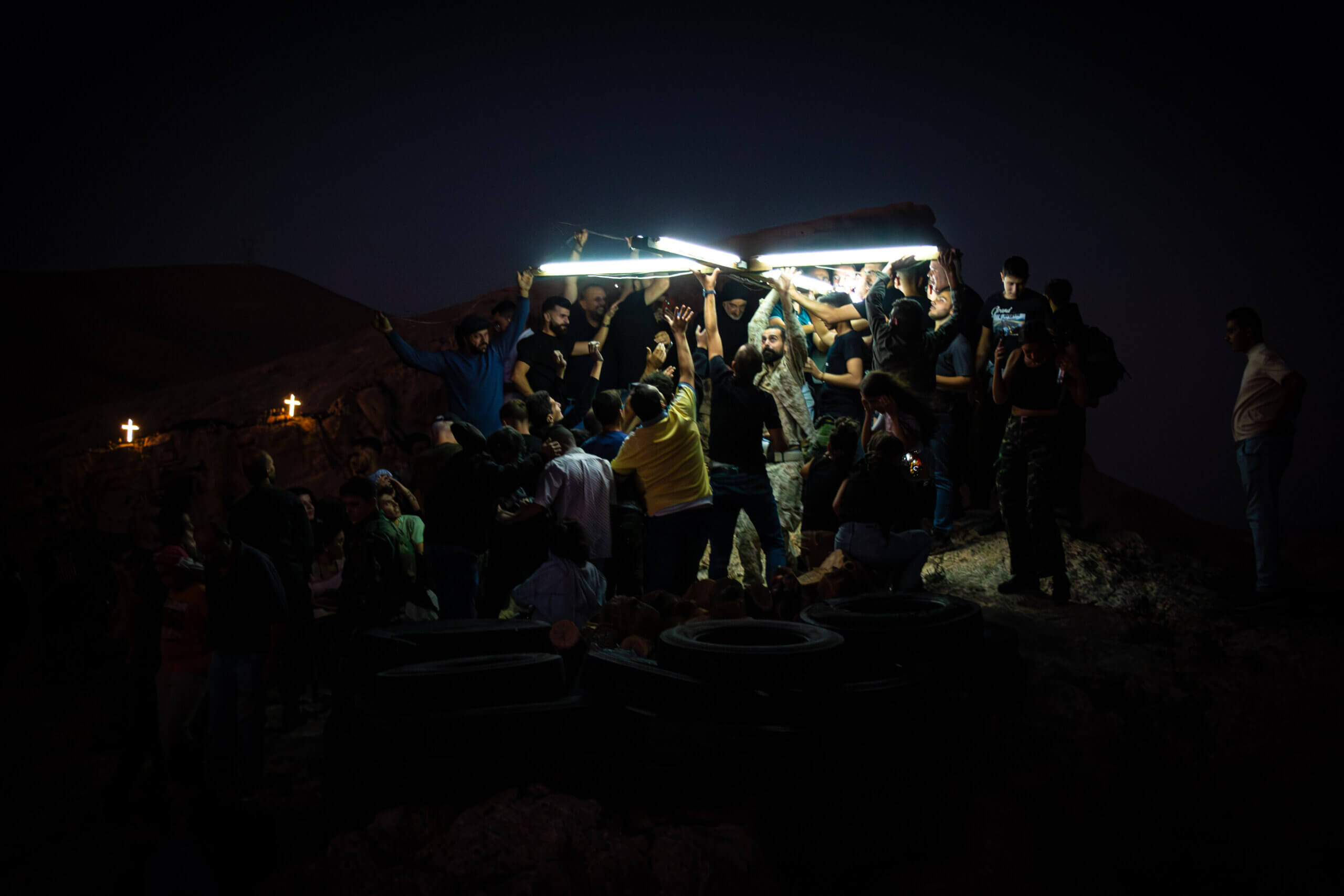
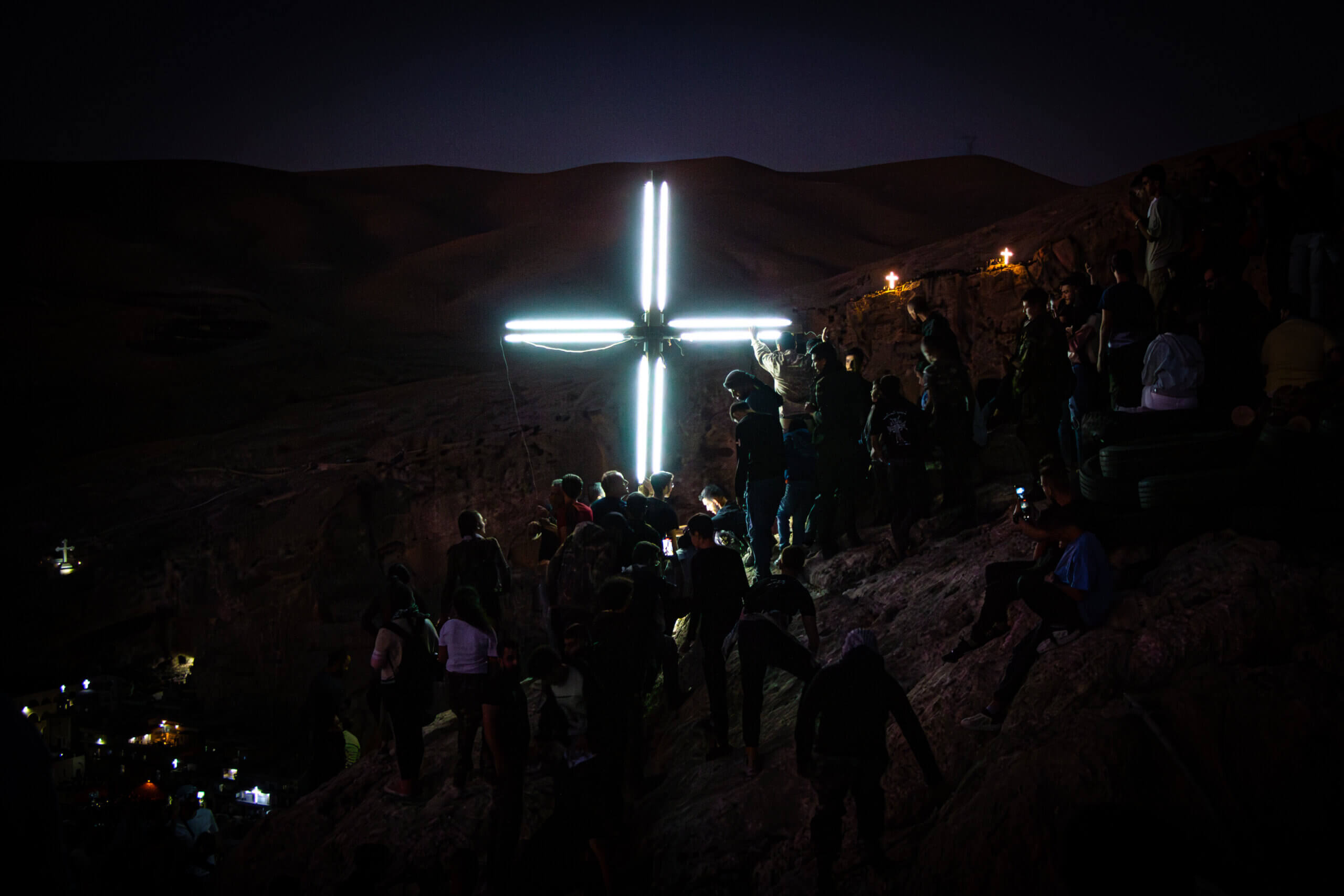
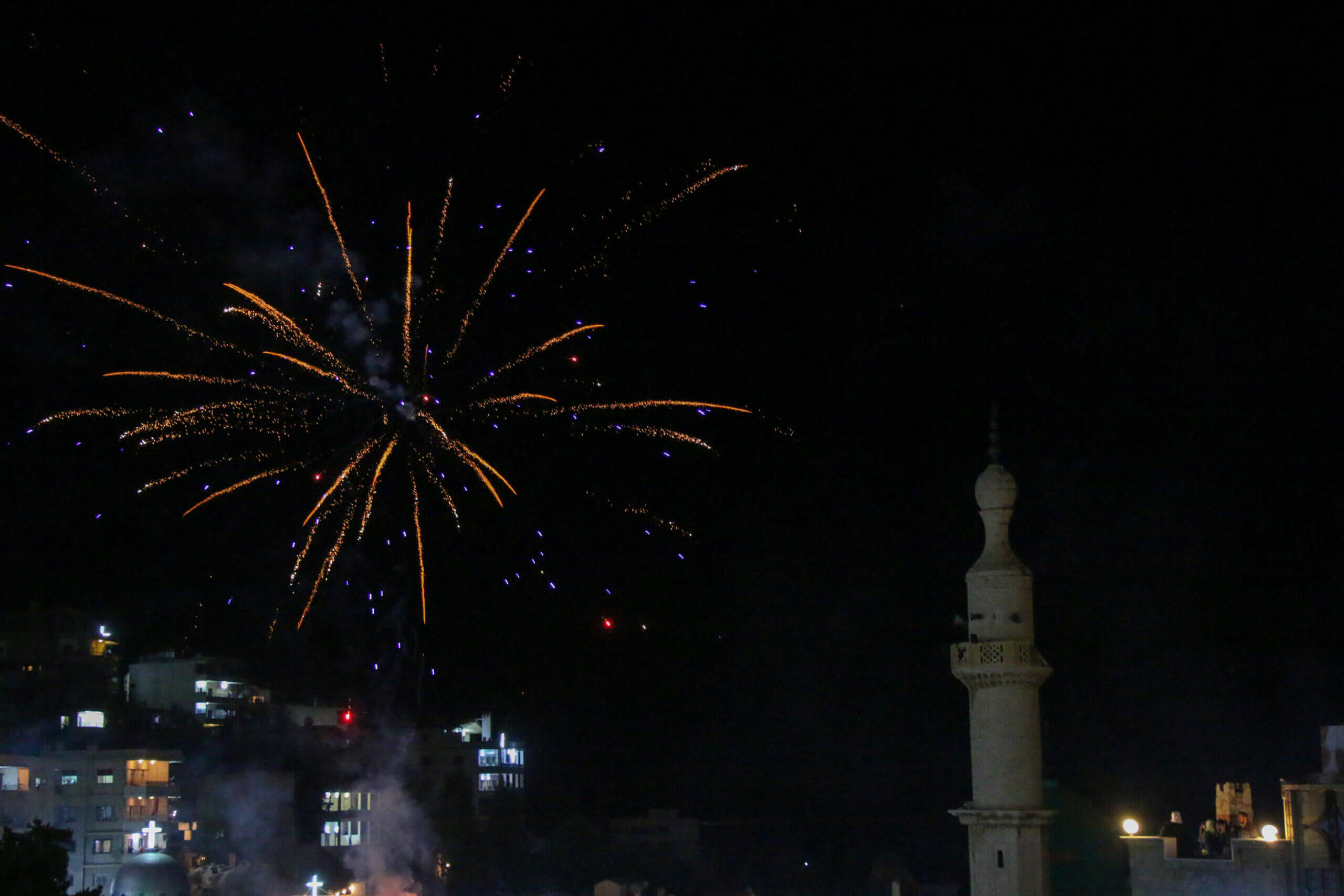
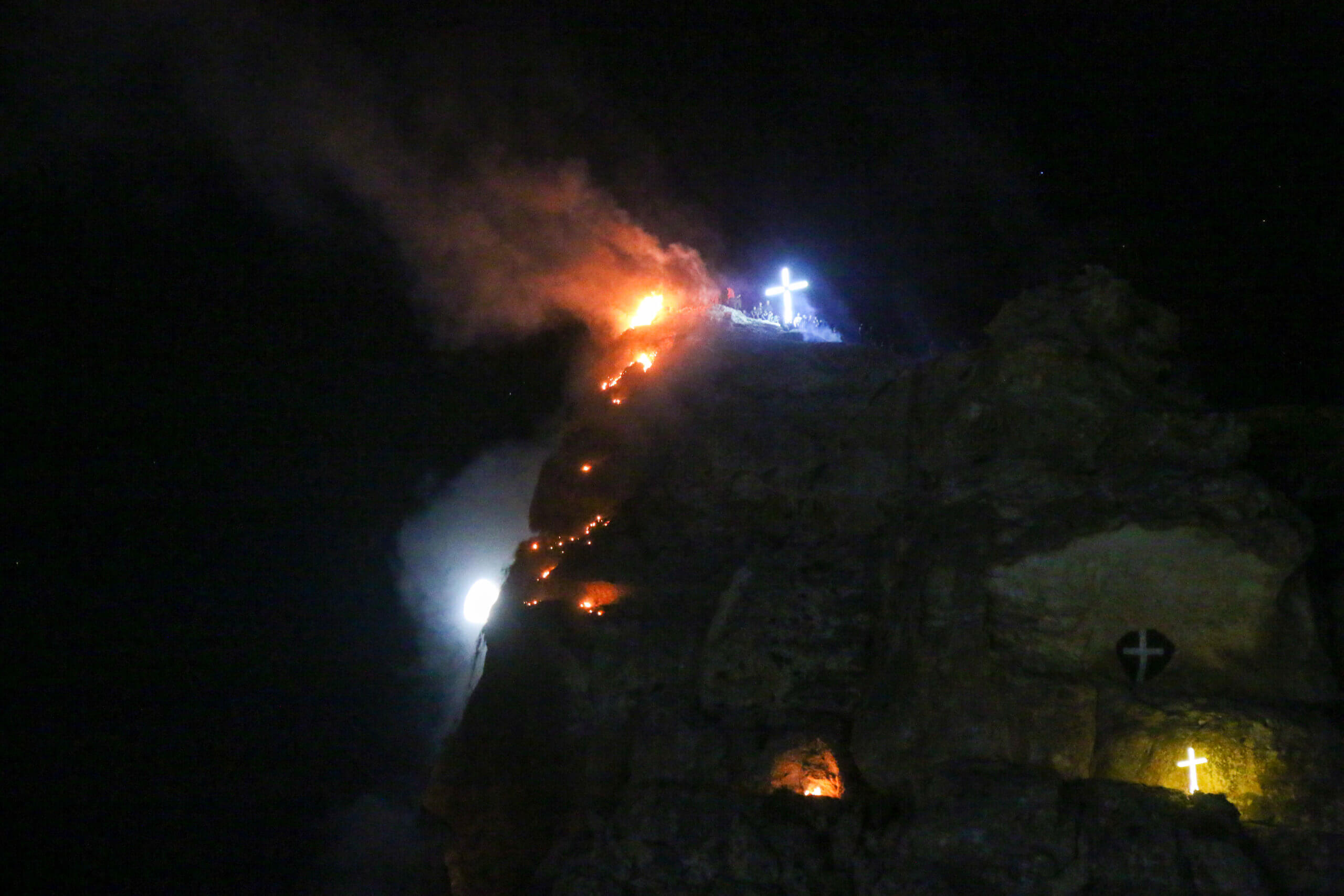
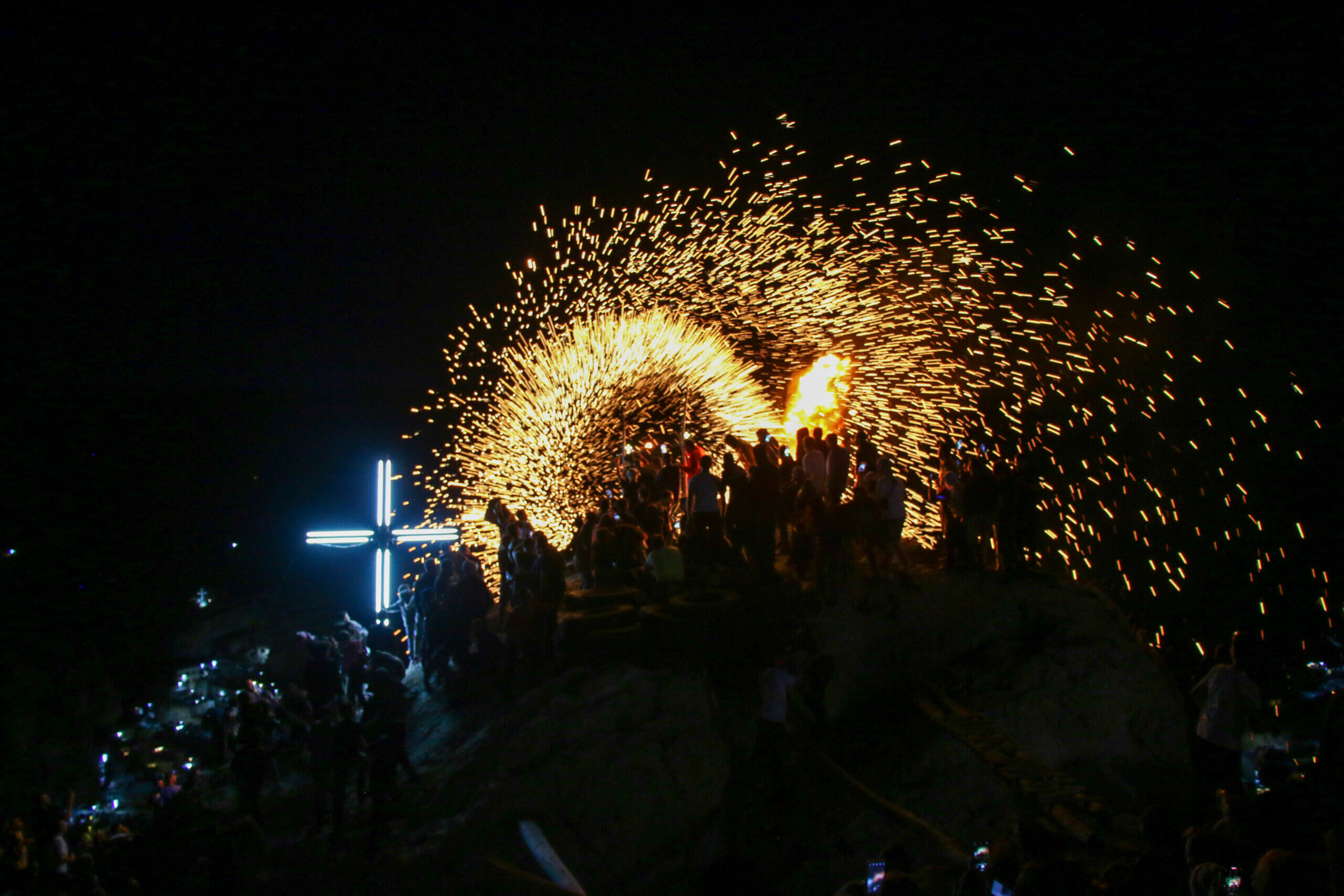
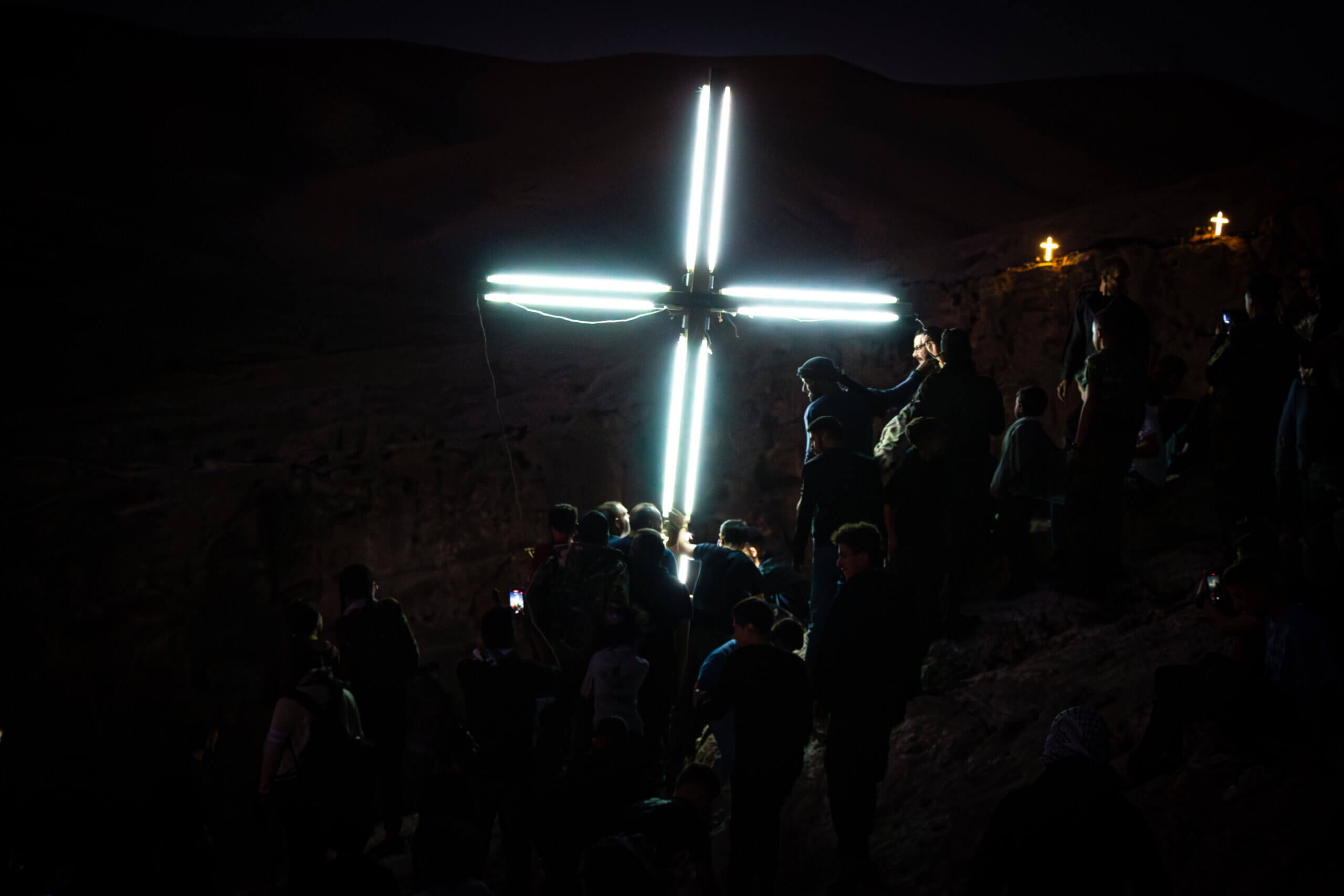
The cross brings people together, drawing joy from it. As for me, I forgot myself in the shared joy of those present here. We may have also forgotten why we are in Syria as French, but unconsciously, I knew that the cross is the source of all our joy. I might also say, and I hope I am not wrong, that this feast is a real communion. The public joy made our souls’ chords vibrate in a union. Cultural barriers were broken down, and I was fully flooded in this event, exchanging everything I had with my close brothers. I was particularly touched by the outstretched arms and attention that Syrians showed for each other during the mountain climb.
These feelings take on a wonderful depth once you realise that they have been repeated every year since 326 AD. So, every year since St Helena found the cross, the peaks of Syria’s mountains are set on fire as if the cross existed today. This intangible tradition is not mentioned in books, but I have seen it with my own eyes. The tradition proves the tangible nature of Christianity. The facts are there: Many have celebrated this feast in the past, others will celebrate it again and again in the future, and today we who were on the road between Jerusalem and Constantinople with St. Helena in 326 celebrate the finding of the physical evidence of our salvation, the cross of Christ.